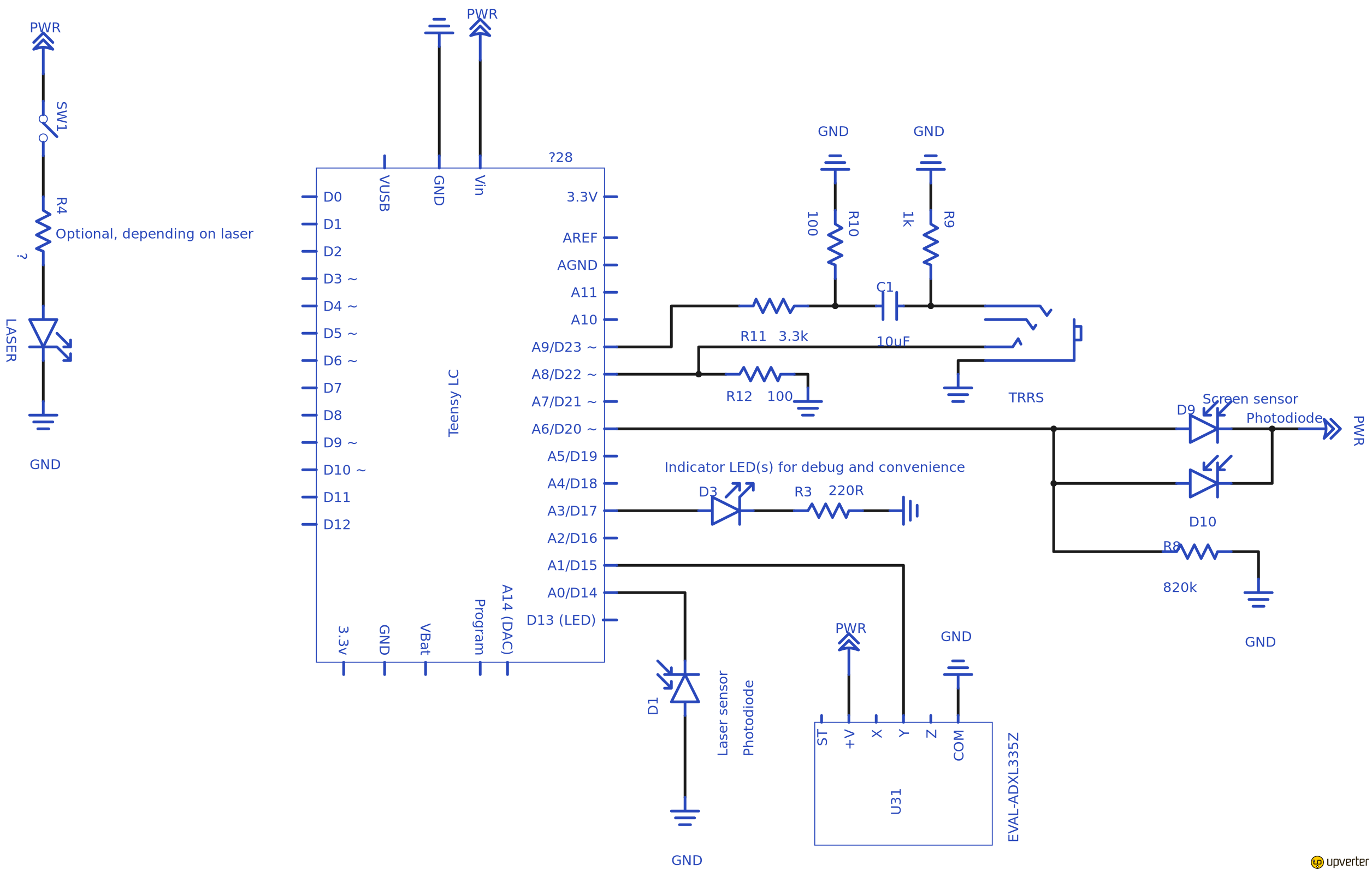From a user perspective, a phone is either snappy or it's not. If it isn't, the device is either old or garbage that a manufacturer should be ashamed of shipping.
Technically, things aren't quite so simple.
Latency is the time it takes for an Android interface or app to respond to your input. When you tap the screen or bark a command, there are several reasons why you don't get an instant reaction. Hardware must pick up your input, and drivers must translate it. This happens before an app knows something happened, and then after it responds, your display has to relay the information. App makers have control over the middle step in the process, and they will hear from users if the software isn't as snappy as it could be.
To help developers, Google has open sourced one of the tools its own developers use to test latency on Android and Chromebooks, WALT.
WALT is descendant from a tool the Chrome OS team made to test drag latency on touchpads. That USB device was known as Quickstep.
Unlike Quickstep, WALT can synchronize an external hardware clock to within a millisecond of an Android device or Chromebook. According to Google, it measures input and output latencies separately, rather than showing you the time it takes to complete a round trip.
The code is available on Github, but you have to assemble hardware to get a working product. Google says the parts should cost less than $50 if you're looking to build one on your own.
Source: Android Developers

